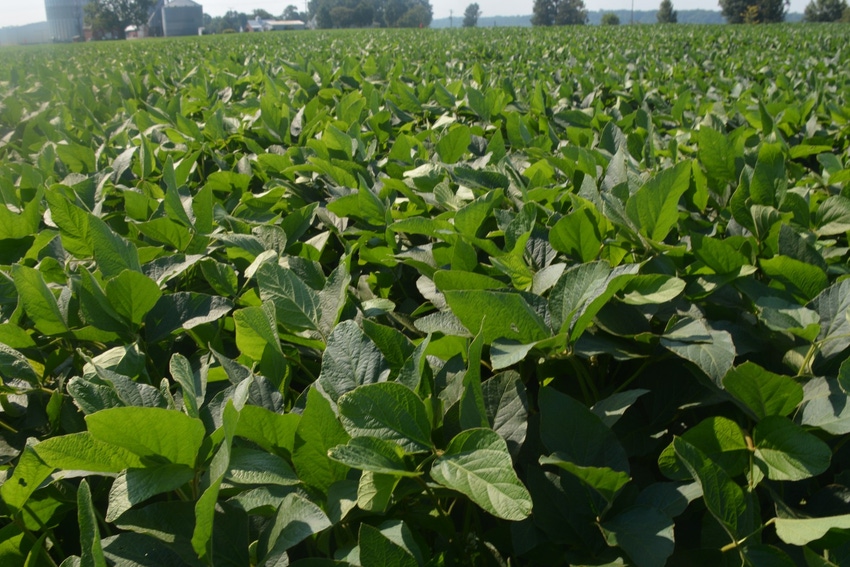
Since seeds are among the most expensive inputs a Virginia soybean farmer has, varying seeding rates across a field is key to a profitable crop.
In a video presented by Virginia Cooperative Extension as a replacement to the cancelled Virginia Ag Expo, David Holshouser, Virginia Tech Extension soybean specialist, noted that Virginia Tech developed seeding rate recommendations for both full-season soybeans and double crop soybeans 10 to 15 years ago.
“The problem with those seeding rate recommendations is that’s an average seeding rate. There is a lot of variability away from that average,” Holshouser said in the video.
“We just reanalyzed 10 years of data and quickly realized that we needed less seed on our more productive land and more seed on our less productive land. The seeding rates that we are currently recommending, for instance, may cost a farmer $40 to $50 per acre. However, our past research has shown that we can reduce that seeding rate by as much as $10 to $15 per acre,” he said.
“Sometimes we have to increase that seeding rate. Even though we’re spending more, we see yield benefits from that. Even though I talk a lot about seed savings, in many areas, I don’t think we’re putting enough seed down,” Holshouser said.
While it appears counterintuitive, Holshouser said Virginia soybean farmers may want to spend more money on seed in their less productive soils because Virginia Tech data clearly shows that a higher seeding rate can result in greater yields, particularly for double crop soybeans.
“Our goal with this research is to use the least amount of seed possible that maintains yields which will ultimately improve the profit of all of our soybean growers,” Holshouser said.
The key to make the practice happen to do the research on-farm. “Find a farmer that can demonstrate these practices. Once that farmer demonstrates the practices, other growers can see it, that’s where we start making real change,” he said.
Read more about:
Seeding RateAbout the Author(s)
You May Also Like






